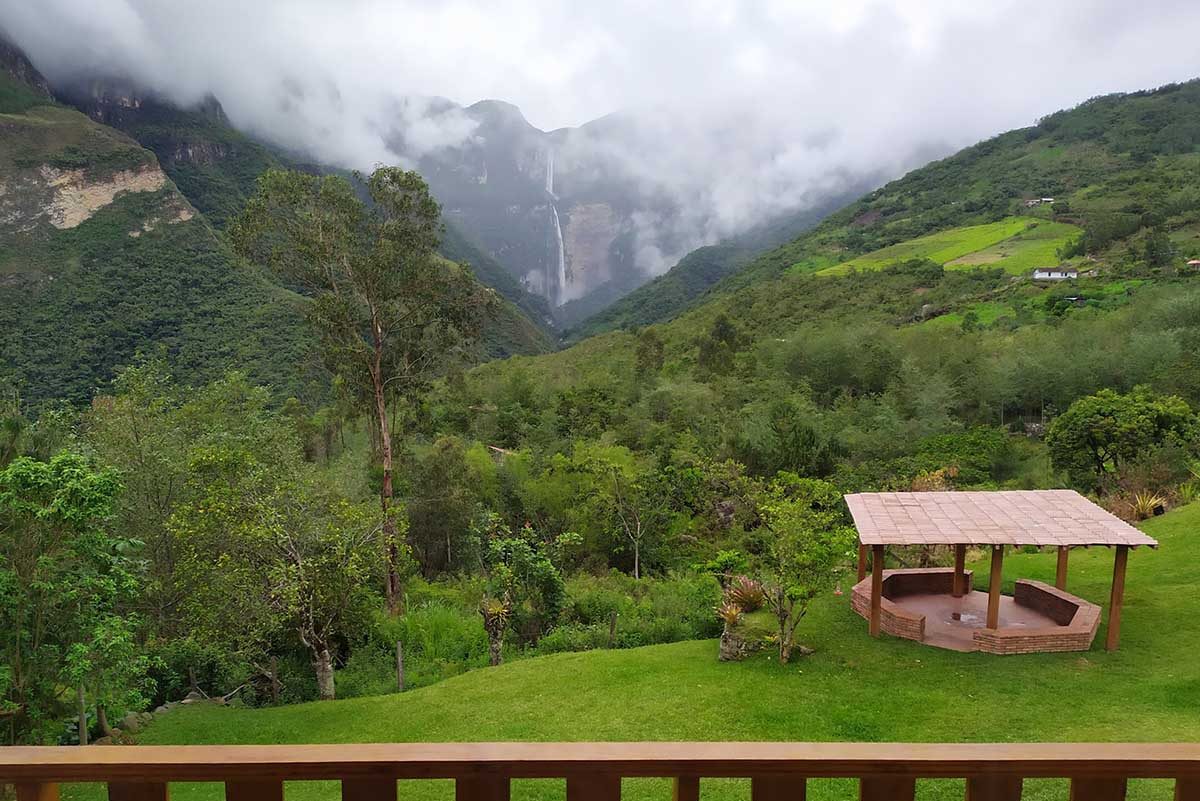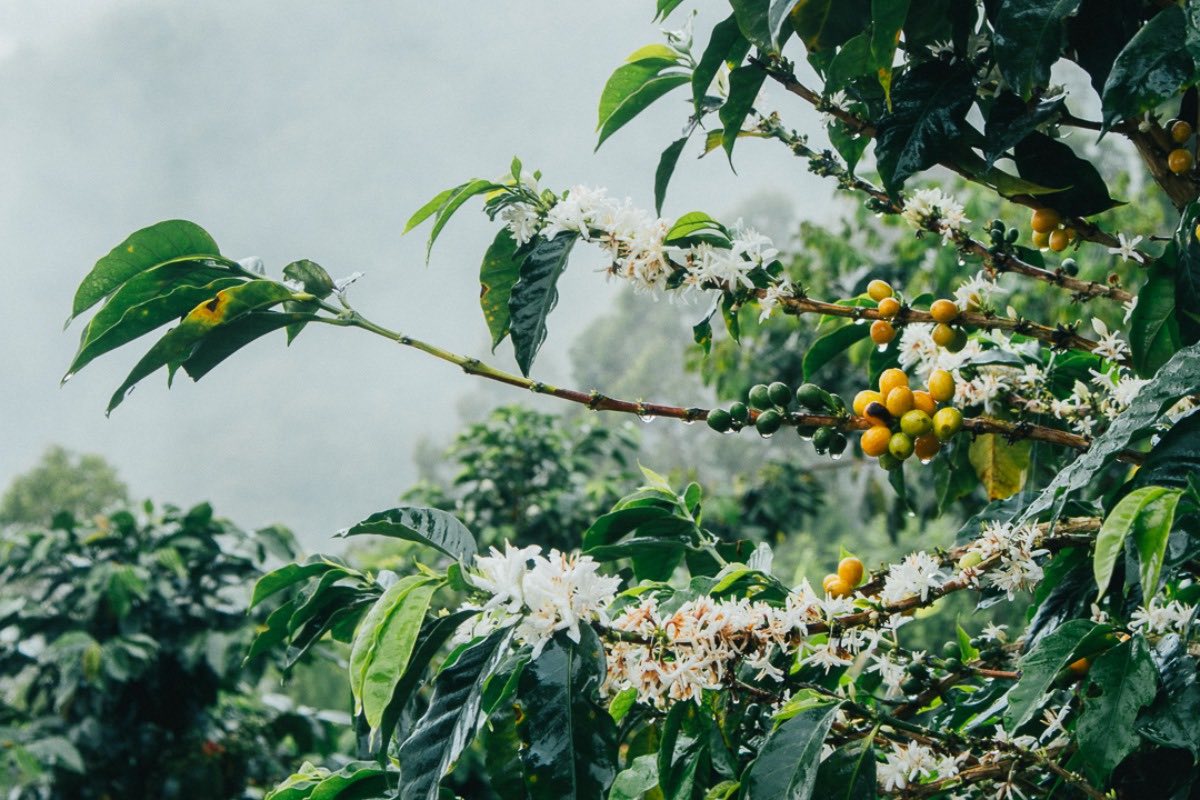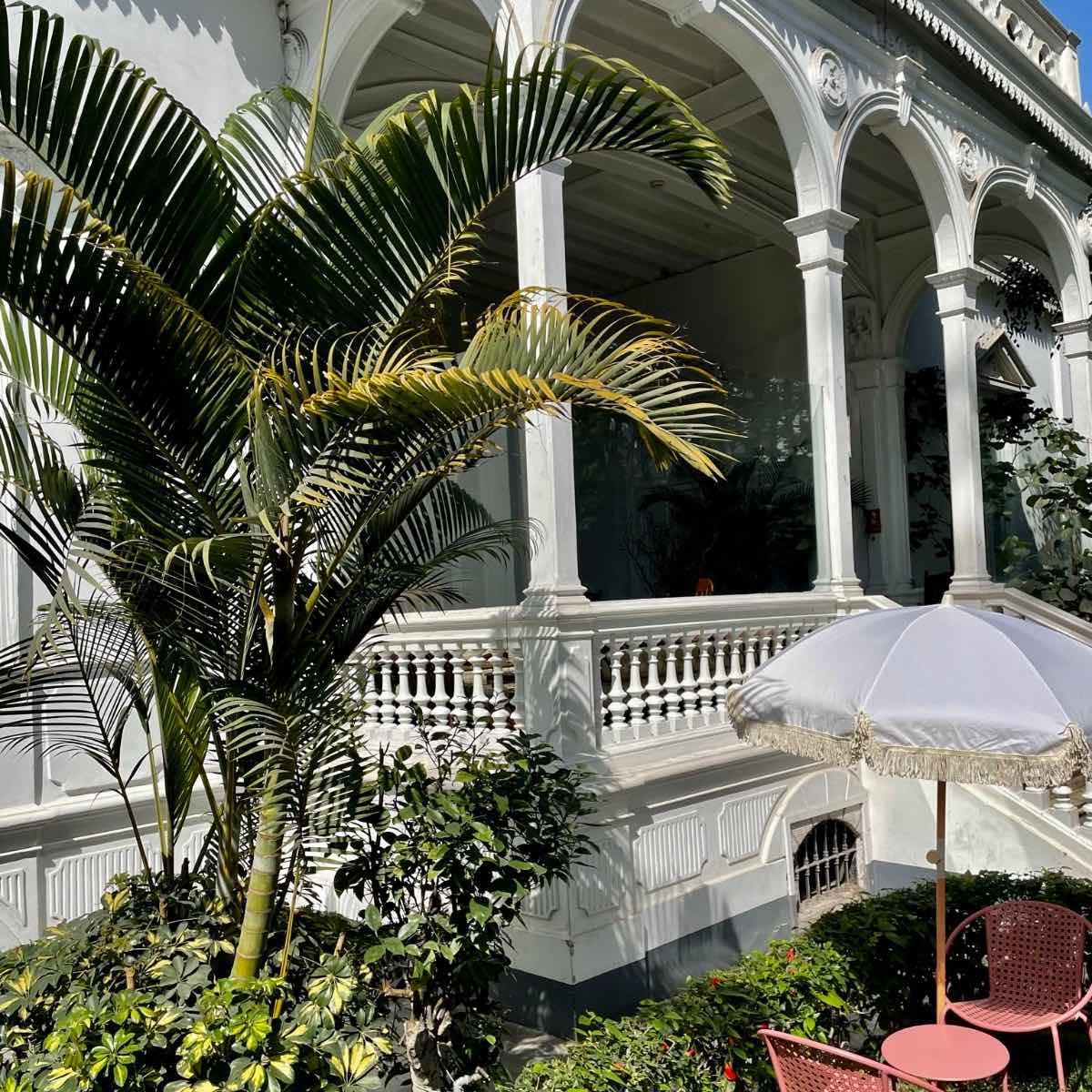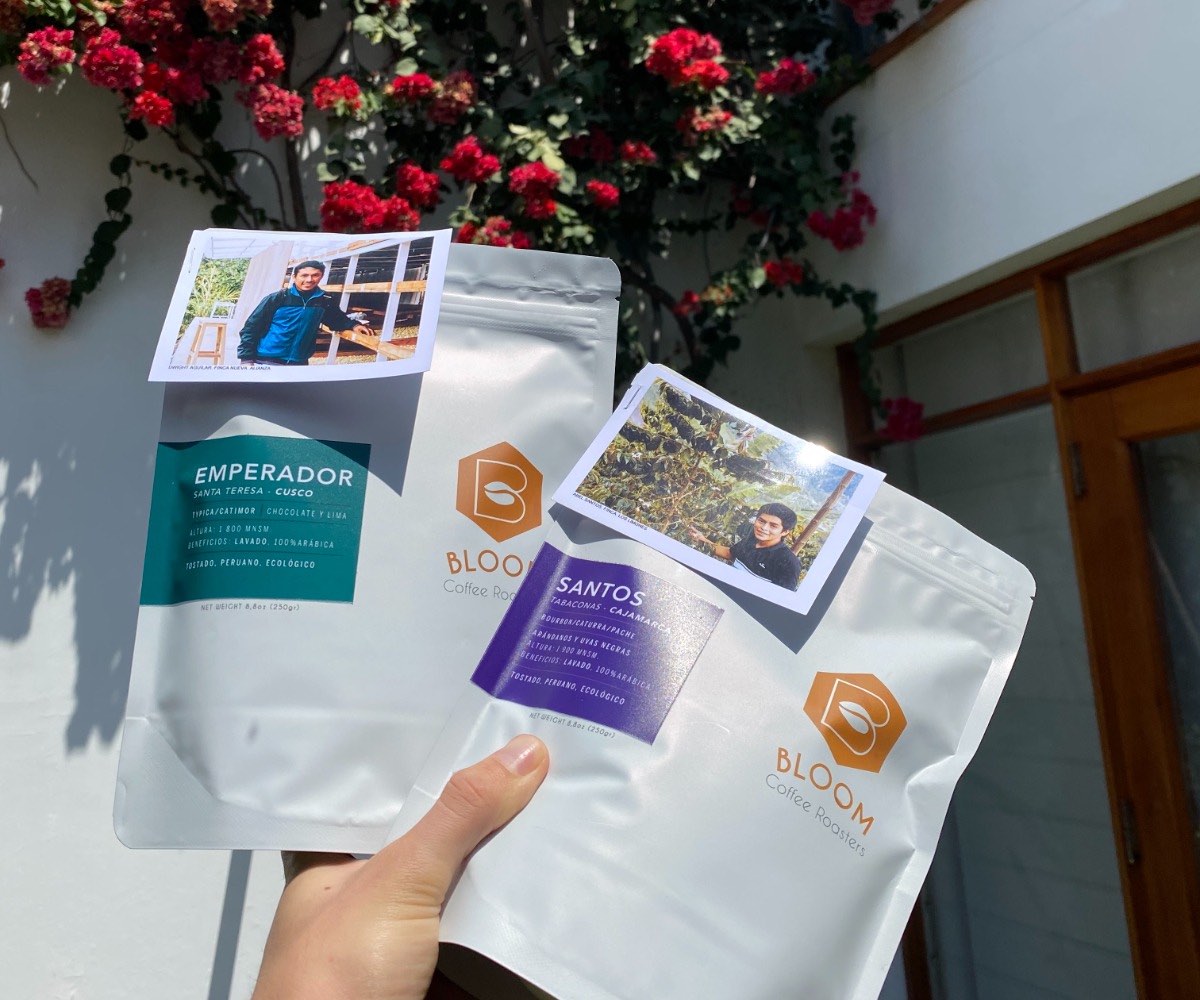
From citrus to chocolaty tasting, Peru’s coffee is some of the most delicious and highly demanded good in Latin America. Peruvian Coffee is slowly beginning to be recognized as one of the greatest coffee-growing regions in the world. If you’re looking to taste the delicious varieties that Peru has to offer while visiting or in your home country, this is the guide for you.
Planning a trip to Peru? Feel free to fill out our Traveler Form for tips, itineraries and personalized responses from our travel advisors who can help you with anything Peru-related.
Cusco Tours:
Imagine sipping a freshly poured cup in the morning with views of lush rainforests, a towering waterfall, or glacier-capped mountains. Peru is one of the few places you can do this with freshly roasted and locally sourced coffee. Now one of the top 10 ten producers of coffee globally, Peruvian Coffee is starting to appeal to more specialty roasters abroad.
In comparison to Colombian, Costa Rican, or Mexican coffee, Peru’s coffee is unique due to the hundreds of microclimates in the Andean regions. These variations in altitude, humidity, sun, and heat allow coffee plants to develop unique flavor profiles found nowhere else. One might say that tasting Peru’s local coffee transports your palate to the same fincas the beans were grown.

The Gocta Waterfall in Chachapoyas, one of the Amazon’s prime coffee growing regions. View from the Gocta Andes Lodge. Photo by Mikey Blount of Peru for Less.
There are many suggestions as to how the caffeinated bean arrived in Peru. According to a number of historians, coffee arrived in South America with Christopher Columbus in the late 1400s. However, the origin of Peruvian coffee is estimated to have arrived sometime between 1720 and 1740 . Slowly, coffee in Peru began to proliferate in the multiple microclimates of the Andes. Fincas began developing specific varieties of the coffee plant that adapted well to the different microclimates of Peru. This is how Peruvian coffee started to flourish and develop unique flavor profiles.
Today, Peru celebrates its coffee every fourth Friday of August with the intention of promoting new varieties and artisanal growers and roasters. If you plan on visiting during August you’ll have the chance to visit coffee fairs, tastings, and barista competitions.
There are dozens of varieties of Peruvian coffee, each offering a different kind of bean and coffee flavor profile. The main families of coffee that Peru grows include, Typica (70% of Peruvian coffee production), Caturra (30%) and 10% other miscellaneous varieties. Part of this 10% includes the famed Peruvian Gesha Coffee variety that has won numerous awards globally.

Peruvian Coffee growing in the misty hills of Cajamarca. Photo by Edgar Fernández of Bloom Tostadores
The number of coffee-growing regions in Peru is consistently expanding. With more cooperatives and Peruvian coffee exporting companies emerging, the number of organic and fair trade Fincas is consistently growing as well.
The Amazon jungle region is often the most disregarded Peruvian coffee-growing area of Peru. However, coffee from Rodrigues de Mendoza and Chachapoyas provinces provides stellar organic coffees with notes of chocolate and velvety fruits.
Coffee from Cajamarca grows between 1850m and 1900m. Its highest-producing region, Jaén, exports coffee with hints of plum, peach and notes of sweet honey. Some of the greatest coffee in Peru is grown here and it is highly recommended that you try some at one of Lima’s artisan coffee shops or roasters.
Some might consider this region the epitome of Peruvian Coffee growing regions. There are even coffee fincas right behind the famous Machu Picchu . Farmers in Cusco have also been globally recognized in the Cup Of Excellence, with farmer Dwight Aguilar Masias of the farm Nueva Alianza winning the international award for Peru’s best coffee two years in a row. `
The city famed for its delicious coffee in this region is called Villa Rica. A German colony called Oxapampa and Pozuzo also produces excellent coffees. However, the coffee from Villa Rica provides the most outstanding Gesha coffee with savory and chocolaty notes.
The coffee from this region is known to be well-rounded with fruity hints of blueberry. A majority of the coffee from this region has reached a number of global coffee fairs, making its mark in the specialty coffee world.
It’s projected that the majority of Peru’s coffee will be grown here in the future. The quickly expanding coffee-growing region of San Martin is home to the larger more commercial brands such as Alto Mayo.
This region won two gold medals in France and was globally recognized as one of the locations for the world’s best coffee. The region is well known for Lake Titicaca , the highest navigable lake in the world. However now, its coffee is taking center stage as some of the most delicious.
If you’re looking for freshly roasted, small-batch whole bean coffee, there are a number of artisan coffee shops and roasters that highlight the quality of Peruvian beans. A popular website where many Peruvians order specialty coffee called Cafeteina is also useful to orient enthusiasts on the different varieties and locations where coffee is grown.

In the front garden of a colonial mansion sits the Artisinal Coffee Shop, Felicia & Domingo. Photo by Manuel Sanchez-Palacios for Latin America for Less
In recent months, a number of new artisanal coffee shops opened showcasing the premium quality of Peruvian Coffee. At these locations, baristas can prepare any coffee beverage to your liking while highlighting the profile of different roasts from all around Peru.
Inside the front garden of a beautifully preserved Colonial Mansion in Barranco sits Felicia & Domingo. This quaint hidden paradise for coffee and food lovers is perfect for those looking for a delicious savory or sweet treat. Steps away from Barranco’s main square, and near Central Restaurant, this coffee shop is perfectly located for visitors exploring the heart of Lima’s bohemian district.
A small entrance near the famous Bridge of Sighs is where you’ll find Colonia & Co. Offering a full menu of lunch options, this coffee shop will fill your stomach and satisfy your caffeine needs with specialty coffee.
Down a dozen steps from the main Barranco Street called Pedro de Osma sits Caleta Dolsa. This small coffee shop recently started roasting its own small batches of Peruvian Coffee. During certain days of the week, you might have the opportunity to smell fresh coffee being roasted at the front of the shop.

Two bags of freshly roasted coffee with accompanying photos of the farmers who grew the coffee. Photo by Manuel Sanchez Palacios for Latin America for Less
Apart from the coffee shops, there is a handful of Peruvian Roasters that will happily provide you with freshly roasted coffee before traveling home. The benefit of buying directly from a roaster is the expertise they offer in recommending roasts, flavor profiles and preparation methods.
Bloom Roasters specializes in distributing a variety of specially sourced beans from Cusco, Cajamarca and more. This roaster offers more than excellent roasts, but also support for small family-run fincas in Peru. The founder and owner Edgar Fernández highlights single-origin coffees and blends. Bloom also offers special limited-run roasts that use local artists’ drawings making each bag more than just an enjoyable cup, but also a work of art.
A bike-friendly roaster and cafe that organizes rides and offers delicious coffees from all the regions of Peru. Their small coffee shop in Miraflores is a perfect stopping point when walking back from the centrally located Kennedy Park in Miraflores.
This roaster and coffee shop is an incredible location for anyone willing to try multiple kinds of Peruvian coffee. The founder Harry Neira roasts coffee for many of Lima’s exquisite restaurants such as Central, and the Casa Andina Hotel Chain. If you visit any of these two locations, it’s likely you’re tasting the artfully roasted and delicately profiled coffee from Neira Café Lab.
Peru Tours:
In regards to the United States, the USDA allows travelers to bring back unlimited roasted and/or green coffee in their luggage. However, It’s best to check with your home countries port authority to ensure that where you are taking green coffee is allowed. It’s best to purchase coffee from small artisanal roasters who source their coffee from small family-operated fincas.



Email: [email protected]
Sign up to receive our newsletter for great articles, stunning photos, and special deals.